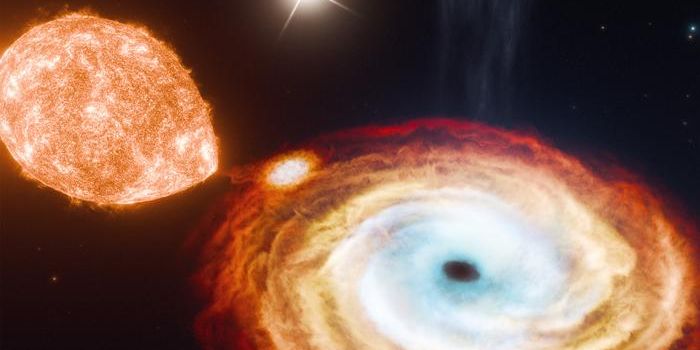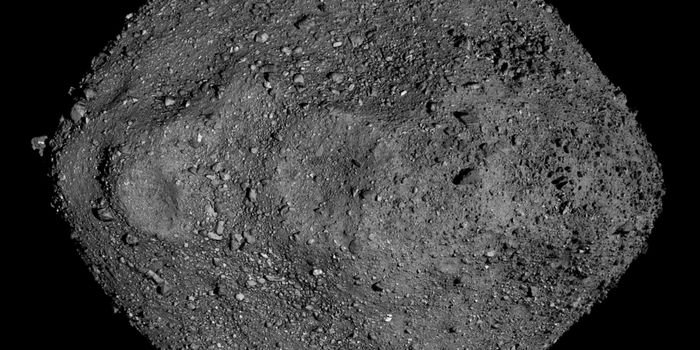Discovering Life on Other Worlds using Lasers
Credit: NASA/Ames/SETI Institute/JPL-Caltech
Are we alone in the universe? Is anyone else out there? These are fundamental questions that humankind has been asking since time immemorial. But if we’re going to hope to answer them, then we need the proper tools to do it.
An international team of researchers led by the University of Maryland (UMD) have successfully developed a new mini laser-sourced analyzer designed to be used on NASA space missions in hopes of answering these fundamental questions of life in the universe. This study holds the potential to allow for both smaller and more efficient planetary surface sample analyses without affecting the quality of the analysis.
The device weighs only 17 pounds, but harbors two essential tools for both life detection and recognizing surface material compositions: a pulsed ultraviolet (UV) laser capable of removing small amounts of a planetary surface’s material, and an OrbitrapTM analyzer capable of delivering high-resolution chemical data about the analyzed material.
“The Orbitrap was originally built for commercial use,” says Dr. Ricardo Arevalo, who is an associate professor of geology at UMD, and lead author of the study. “You can find them in the labs of pharmaceutical, medical and proteomic industries. The one in my own lab is just under 400 pounds, so they’re quite large, and it took us eight years to make a prototype that could be used efficiently in space—significantly smaller and less resource-intensive, but still capable of cutting-edge science.”
For the study, the researchers used a scaled-down version of the Orbitrap while combining it with laser desorption mass spectroscopy (LDMS), which are both methods that until now have not been used in an extraterrestrial planetary environment. The new mini Orbitrap LDMS demonstrates the same capabilities as previous designs built for similar purposes despite being much smaller in size. One such benefit of its small size is the reduced likelihood of sample damage or contamination, as well.
“The good thing about a laser source is that anything that can be ionized can be analyzed. If we shoot our laser beam at an ice sample, we should be able to characterize the composition of the ice and see biosignatures in it,” said Dr. Arevalo. “This tool has such a high mass resolution and accuracy that any molecular or chemical structures in a sample become much more identifiable.”
Within the next few years, Dr. Arevalo and his team hope to launch the mini Orbitrap LDMS to a planetary target, which could be used on such missions as the NASA Artemis Program and the Enceladus Orbilander.
Sources: Nature Astronomy, UMD College of Computer, Mathematical, and Natural Sciences News
As always, keep doing science & keep looking up!









